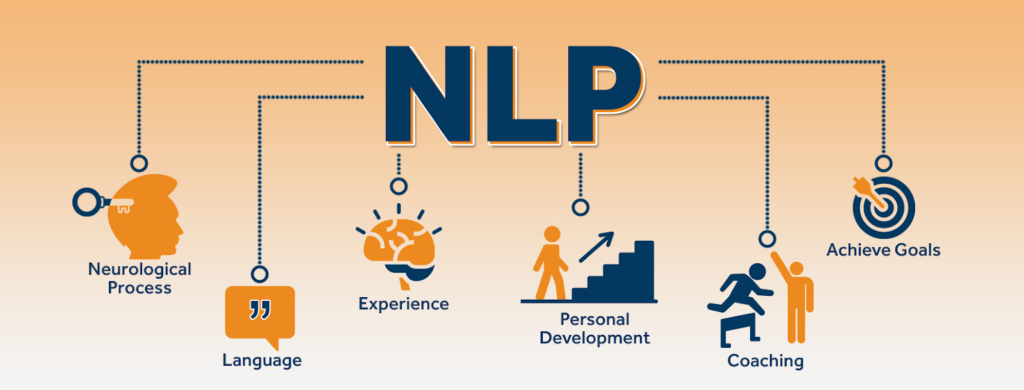Natural Language Processing (NLP) has witnessed remarkable advancements over the past few decades, transforming how machines understand and interact with human language. From rudimentary rule-based systems to sophisticated deep learning models, NLP has progressed towards more human-like interactions, enabling applications such as chatbots, virtual assistants, sentiment analysis, and language translation. In this blog, we will explore the evolution of NLP and its journey towards creating seamless, intelligent communication between humans and machines.
Early Days: Rule-Based Systems
The inception of NLP dates back to the 1950s and 1960s when researchers relied on rule-based approaches to process human language. These systems were built on a set of predefined grammatical rules and lexicons, allowing for basic language translation and text parsing.
One of the earliest attempts at NLP was the Georgetown-IBM experiment in 1954, which demonstrated the feasibility of automatic translation. However, these rule-based systems struggled with the complexity and ambiguity of natural language, as they lacked adaptability and required extensive manual effort to update and refine the rules.
The Rise of Statistical Models
By the 1980s and 1990s, NLP underwent a paradigm shift with the advent of statistical models. Instead of relying solely on handcrafted rules, researchers began leveraging probabilistic techniques, such as Hidden Markov Models (HMMs) and n-gram models, to analyze language patterns based on large datasets.
This statistical approach significantly improved NLP applications like speech recognition and part-of-speech tagging, making them more robust and scalable. However, these models still had limitations in understanding context and handling long-range dependencies in sentences.
The Deep Learning Revolution
The early 2010s marked a transformative era for NLP with the emergence of deep learning. Neural networks, particularly Recurrent Neural Networks (RNNs) and Long Short-Term Memory (LSTM) networks, enabled machines to capture sequential dependencies in text. This advancement led to breakthroughs in machine translation (e.g., Google Translate) and sentiment analysis.
Later, transformer-based architectures, such as Google’s BERT (Bidirectional Encoder Representations from Transformers) and OpenAI’s GPT (Generative Pre-trained Transformer), revolutionized NLP by enabling contextualized word embeddings. These models could grasp nuanced meanings, generate human-like responses, and perform multiple NLP tasks with minimal fine-tuning.
Towards More Human-Like Interactions
Today, NLP continues to push boundaries, bringing us closer to seamless human-computer interactions. With advancements in large language models (LLMs) like GPT-4 and Claude, NLP systems are becoming more context-aware, emotionally intelligent, and capable of engaging in meaningful conversations.
Moreover, multimodal NLP, which integrates text, speech, and visual inputs, is paving the way for more interactive AI-powered assistants. AI systems like ChatGPT and Google’s Bard are now being integrated into customer service, healthcare, education, and entertainment, enhancing user experiences across various domains.
The Future of NLP
The future of NLP holds immense potential, with ongoing research in:
- Explainability and Ethical AI: Ensuring that NLP models are transparent, unbiased, and accountable.
- Few-Shot and Zero-Shot Learning: Enhancing models’ ability to generalize from limited data.
- Personalized AI: Creating systems that understand individual user preferences and communication styles.
- Real-Time Multilingual Processing: Breaking language barriers with instantaneous, high-quality translations.
As NLP continues to evolve, we are moving towards a world where human-computer interactions are as natural as human-to-human conversations. While challenges remain, ongoing innovations will further refine NLP, making AI-driven communication more intuitive, empathetic, and intelligent.
Conclusion
The evolution of NLP has been a fascinating journey from rule-based systems to deep learning-powered models that can understand and generate language with remarkable fluency. As research and technology progress, NLP will continue to shape the future of communication, unlocking new possibilities for businesses, individuals, and society at large. The dream of truly human-like AI interactions is closer than ever, and the coming years promise even greater advancements in this exciting field.


